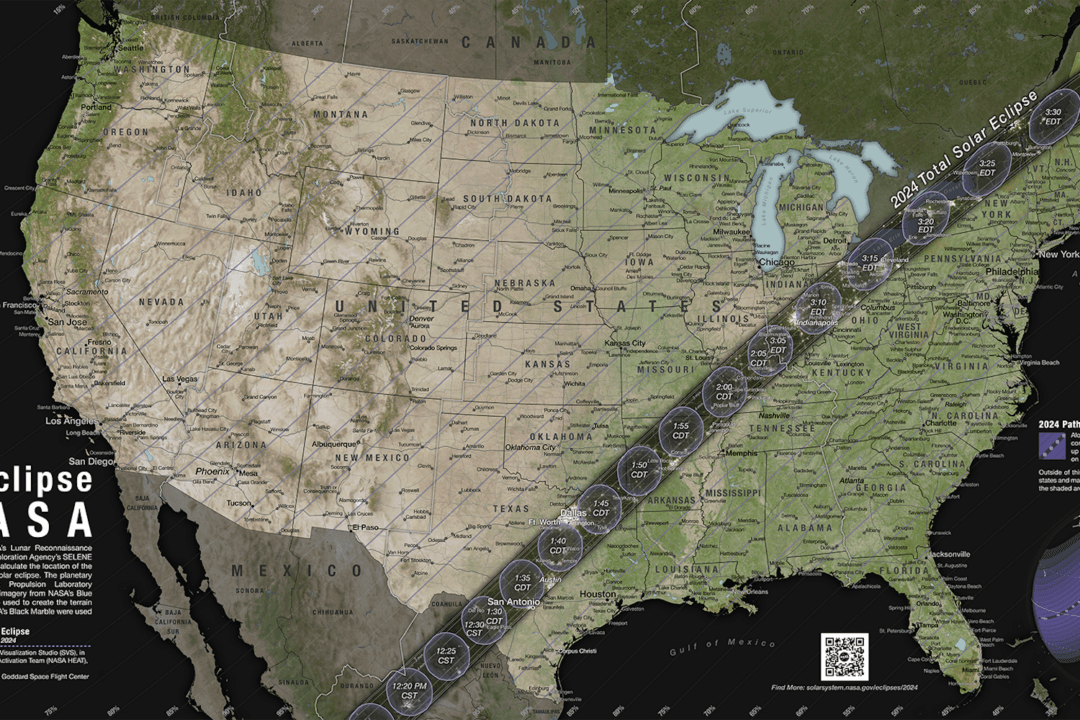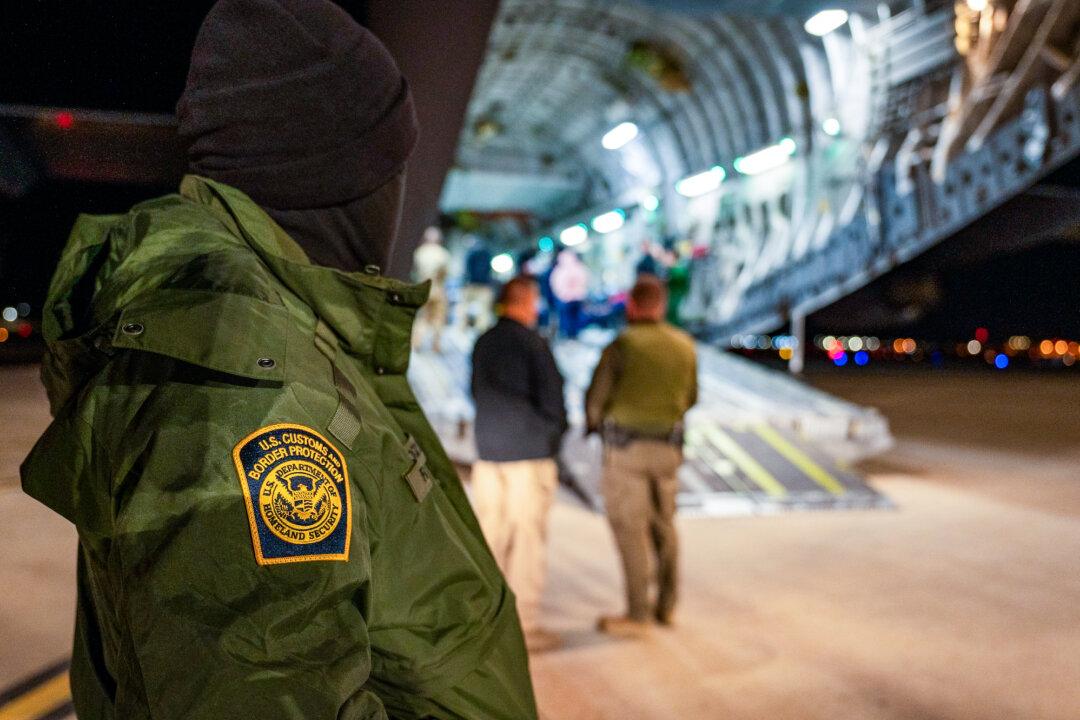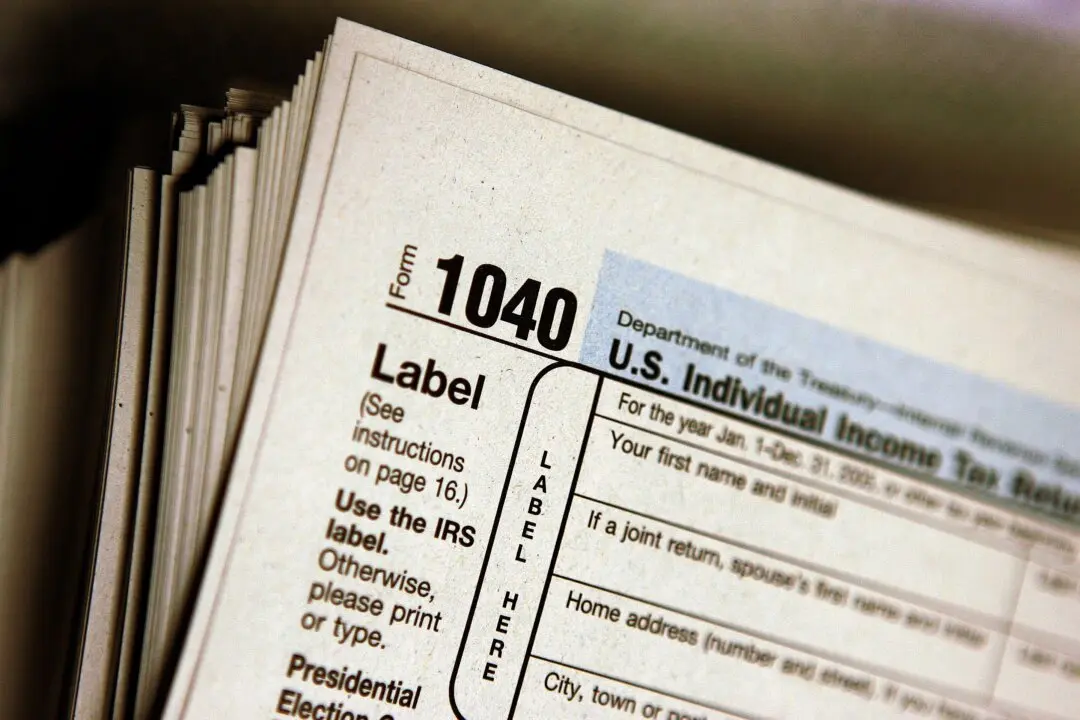Some researchers and NASA scientists are warning that the solar eclipse path of totality on April 8 may be subject to a slight change.
The reason, they explained, is because of calculations about the size of the sun. Researcher John Irwin has recently published a new map that included the updated path for the eclipse, Forbes reported, drawing reactions from several NASA scientists.





